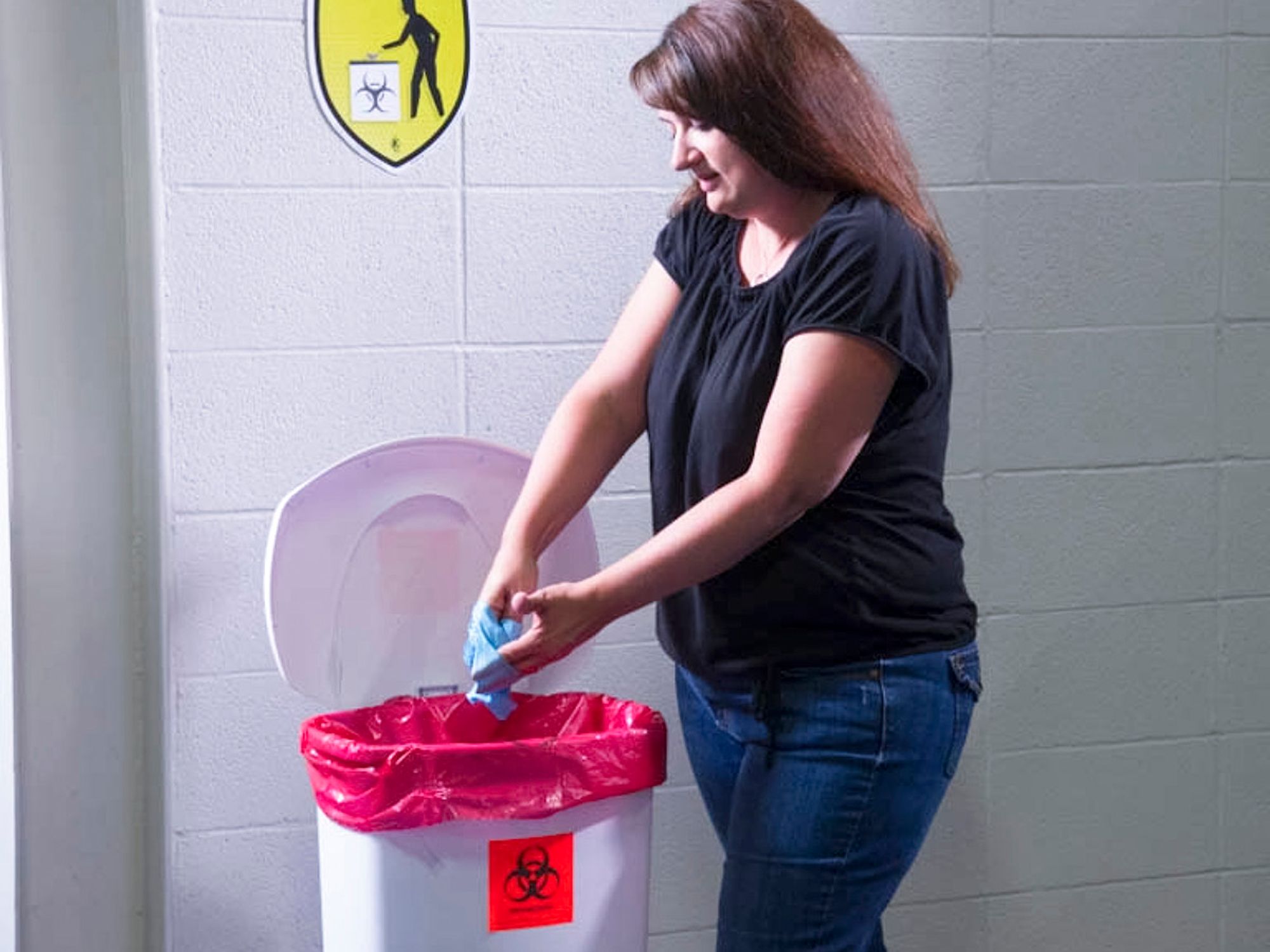Medical waste

- Medical waste is regulated primarily at the state level.
- Some states require healthcare facilities to prepare medical waste written plans.
Medical waste is generated at healthcare facilities such as hospitals, physicians’ offices, dental offices, blood banks, veterinary clinics and hospitals, medical research facilities, and laboratories.
The Occupational Safety and Health Administration’s (OSHA’s) Bloodborne Pathogens Standard (BBP) applies to all occupational exposures to blood or other potentially infectious materials in General Industry. Waste generated in the workplace (including in non-healthcare facilities) that falls under the BBP Standard may also be regulated medical waste.
Other federal regulations that may apply include the Environmental Protection Agency (EPA) requirement for facilities to identify their waste streams, the Department of Transportation (DOT) hazardous materials transportation requirements, and infectious disease controls from the Centers for Disease Control and Prevention (CDC).
The federal Medical Waste Tracking Act (MWTA) of 1988, which was effective in New York, New Jersey, Connecticut, Rhode Island, and Puerto Rico, expired in 1991. Since then, EPA has not had authority over the management and disposal of medical wastes. Instead, the states run their own medical wastes programs through their environmental protection agency, state health agency, or both. Other federal agencies that may have regulations covering medical waste are the Centers for Disease Control and Prevention, OSHA, the Food and Drug Administration (FDA), and DOT.
Since medical waste is regulated primarily at the state level, it may be called by different names, including regulated medical waste, medical waste, biomedical waste, biological waste, or infectious waste. States may regulate medical waste as a solid waste, special waste, hazardous waste, or a combination of all three.
Many states establish their medical waste programs based on EPA’s expired MWTA, but others use different management and tracking systems. At the most basic level, most states mandate treating medical waste to be non-infectious before it can be managed and disposed of as a solid waste.
There is no weight limit for a medical waste generator to meet to trigger compliance with the regulations. A generator is responsible for its infectious waste from the time produced until rendered noninfectious (i.e., cradle-to-grave). Even if a facility uses a contractor to remove and properly dispose of infectious waste, the generator is responsible if the contractor mishandles it.
Develop a medical waste written plan
A written plan can help properly manage and dispose of medical waste. In addition, some states require healthcare facilities to prepare medical waste written plans.
- Assign someone, in writing, to manage the facility’s medical waste program.
- Develop a written plan to manage medical/infectious waste and any waste that is prohibited for disposal at the landfill. The plan must address:
- Employee training for new employees and annual refresher training;
- Segregation of infectious and non-infectious wastes at the point of origin;
- Packaging for storage and transport;
- Treatment;
- Disposal;
- Spill response; and
- Tracking and recordkeeping.
